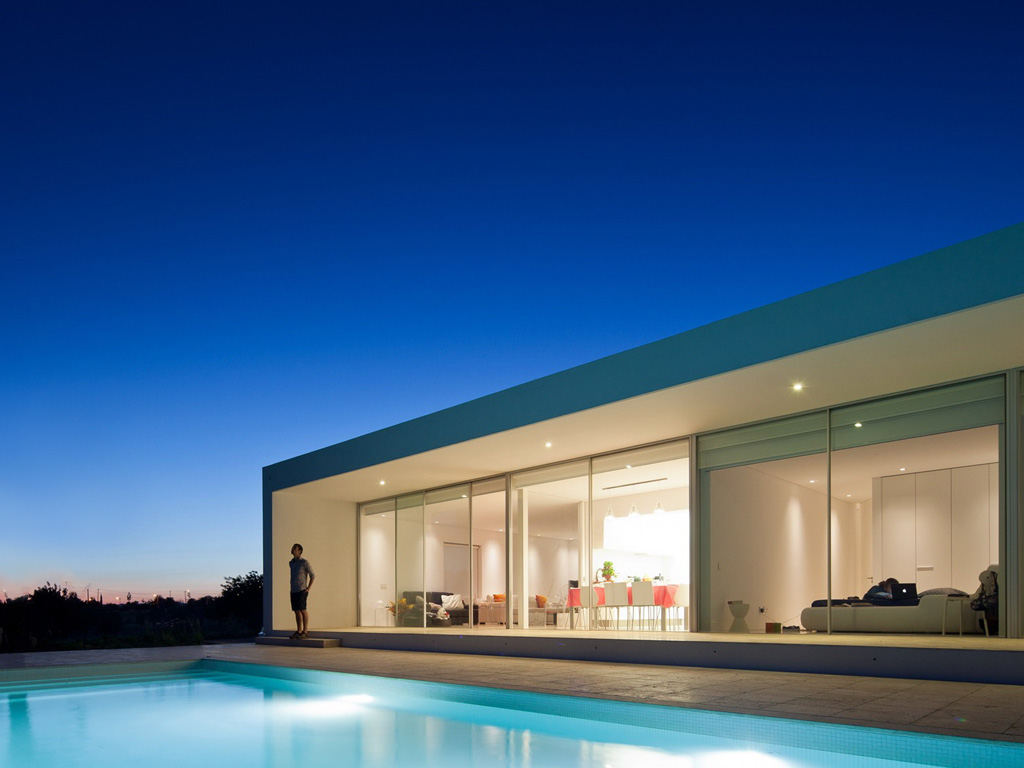

First, the subsoil was prepared to accommodate an external thermal insulation composite system.
As well as mechanically removing old and loose plaster and paint, a stronger levelling was required in some areas, accomplished with a quick-setting lightweight mineral plaster.
The ETICS that followed was a dowelled WLG 035 EPS system. The system is supplemented by vertical and horizontal fire blocks.
The subsequent central reinforcement layer (8 mm) was roughened a little after the first hardening to allow the final coat to bind optimally.
After several attempts, Nonnenmacher finally found the right final coat: Baumit modelling plaster MSP 02, coloured in the factory.
This plaster has both the right grain size and the right staying power during a setting phase that allows structuring.
That was the real challenge.
On the one hand, the final coat needs to remain in place, but on the other it must not bind too much, otherwise modelling will not be possible.
A man was positioned at each scaffold level, equipped with a moistened sponge rubber board, and the topmost one also had the pre-moistened cable cuts.
Using the sponge rubber boards, the cable was tapped into the wet plaster
to a depth of about two thirds of the cable’s diameter.
The work was such that it could not be interrupted: the façade has no architectural boundaries within the surface.
However, the distance between the indents had to be observed with precision in order to avoid an unattractive visual effect.
